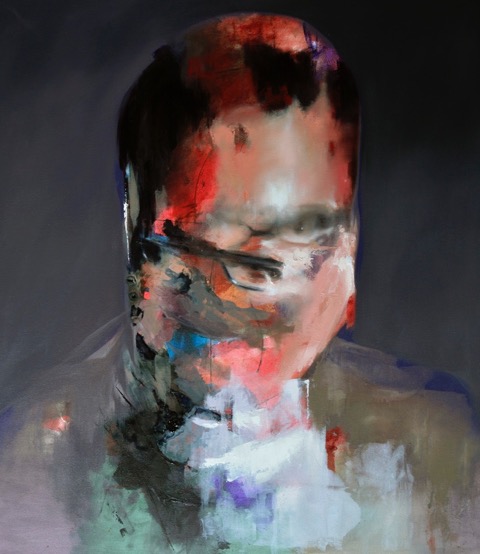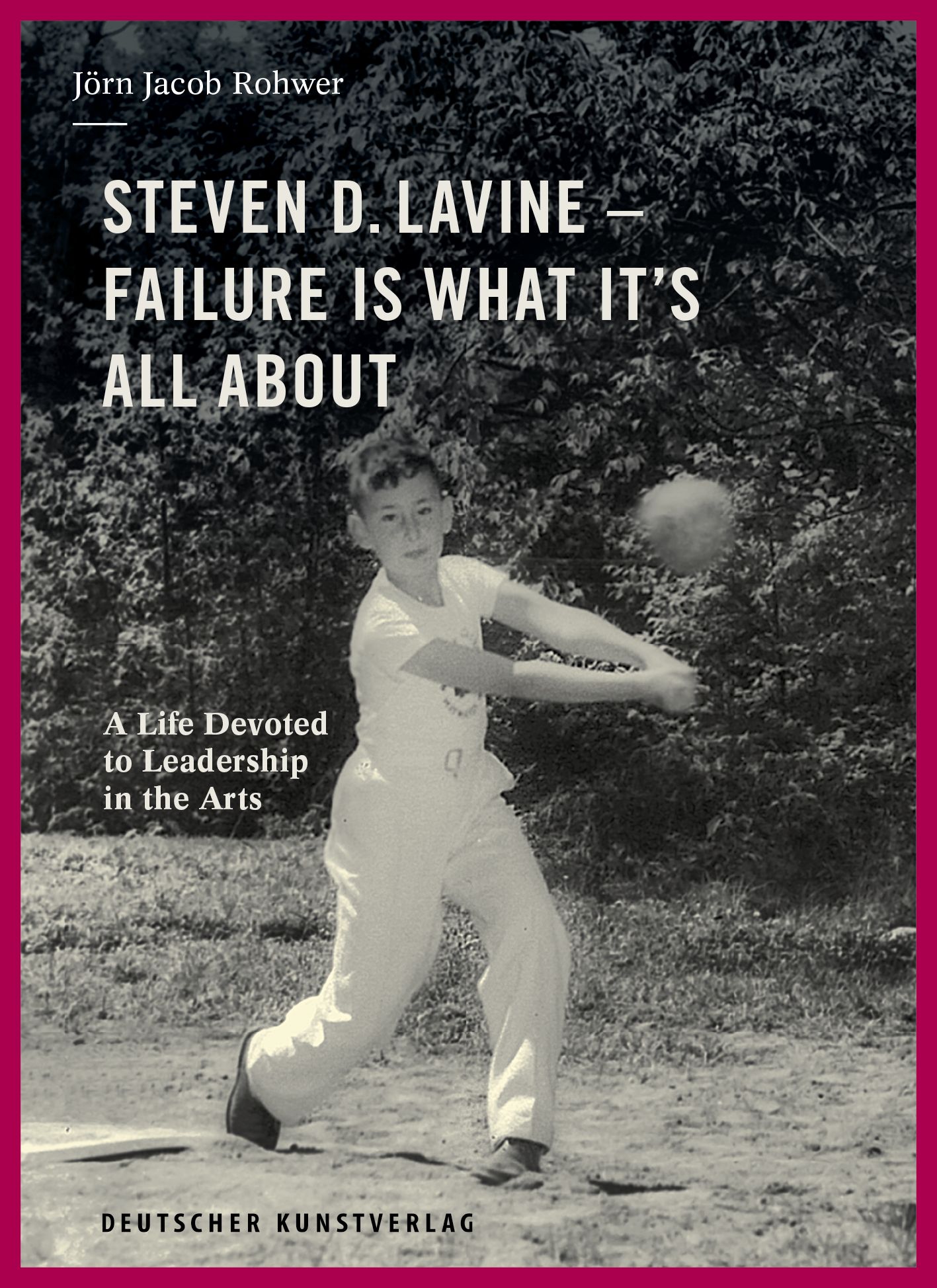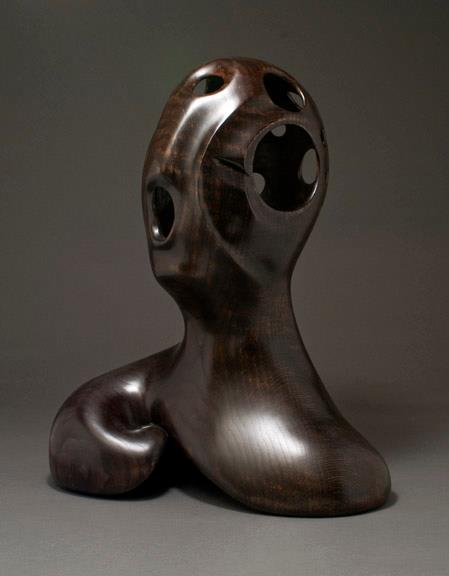It has been a few years now since the early Internet supporters proposed that arts and antiques could, and should, be bought online. Today, like in so many other industries, purchasing online is becoming the norm, even for a sector as traditionally conservative as collectibles. Increasingly, when buying art and antiques both the pre-purchase research and the actual sale is being conducted online, and this transaction is increasingly taking place in online auctions. For some this change has come very quickly. For others it is a long awaited revolution in perhaps the world’s most conservative industry.
Design and artistic expression is an increasingly important aspect of people’s daily life. Design elements, whether minimalist photography or traditional antiques, are increasingly prevalent in today’s hotels, restaurants and offices. There is no doubt that the international interest for antiques, art and design has increased exponentially over the past five years. New markets such as China, India and the Middle East are showing an increasing appetite for collecting, and this boom has been made possible in no small way by the recent advances in digital technology.
Initially the dawn of the Digital Age was met with scepticism by the collectibles market, with few in this fairly conservative industry recognising the revenue generation potential of the World Wide Web. Similarly, few identified the global reach that the Internet was able to deliver, nor the opportunity it proved for engaging with a younger, tech-savvy new generation of collectors who were the early adopters of this new digital technology. However the Internet revolution that took place many years ago in other industries is increasingly being embraced by arts professionals, with many of the bigger auction houses today focusing on online auctions whilst simultaneously developing a strong online presence for their businesses. The Wall Street Journal noted in the beginning of 2013 that Christie’s were planning to hold at least 30 online auctions this year, compared to only seven in 2012. Furthermore many of the smaller, more specialized auction houses throughout Europe are changing over to an online only auction model.
A growing market
The auction sector has long been seen as exclusive with high barriers for entry. Thanks to the Internet both experienced art dealers and first-time buyers are now comfortable researching and buying items online from salesrooms across the world. An online auction usually has more bidders per lot than a regular auction, which positively affects the end price. Some auction houses claim that just one additional bidder in a sale can raise the sale price of individuals lots by up to 30%. Bidder behavior in an online auction is often likened to online gaming where the competitive thrill of the closing stages of a sale triggers aggressive bidding that drives up the price.
More frequent auctions
In Scandinavia many of the auction houses have picked up on the increased reach that online auctions offer and as a consequence they have increased the frequency of their online sales. Some auction houses offer daily online auctions of mid-range collectables. A relatively small country such as Sweden, with a population less than that of Greater London, enjoyed an increase market share of the global auction business rising from 0,7% in 2011 to 1% in 2012 according to TEFAF Art Market Report. That increase is predominantly due to an increased focus on online auctions.
No fear of the unseen
People purchase online on a daily basis. The improved security of e-commerce and the online visibility of trusted high-end auction houses has meant that collectors are increasingly comfortable buying arts and antiques online ‘sight unseen’. For the new generation of collectors, who have grown up with an increasingly prevalent e-commerce, online purchasing is second nature. According to the Online Art Trade 2013 report produced by Hiscox and ArtTactic’s, 71% of collectors have bought art online, with 43% of 25-29 year olds buying sight unseen. This trend is mirrored in online auction purchasing, with only a few years ago very few online purchases topping £10,000 compared to recent buying behavior which regularly witnesses online auction purchases in excess of £100,000.
The change is here to stay
The Internet revolution in the arts and antiques sector is here to stay. More and more established auction houses will move towards an online only auction model and new online only auction businesses such as The Auctionroom will proliferate. The digital model is particularly suited to mid-range sales, where factors such as higher volume and un-capped commissions represent the two main drivers for the increased growth in online auctions.
Previously it was the auction houses that set the parameters of their own market, whereas today it is increasingly the needs of the consumers that are driving the latest developments within this sector. In excess of 25% of the users of Barnebys, a market leading auction search service, are accessing auctions online via mobiles and tablets, with collectors now able to research items and place bids whilst queuing for the bus, in the gym or having lunch. The new digital technology brings with it new customer demographics, with online auctions opening up salesrooms to tech-savvy housewives and young professionals browsing in their lunch-hours.
And maybe this move towards digital might just be the death knell for that auction institution, the venerable auction catalogue. Perhaps the millions of pounds that are invested in producing these archaic weighty tomes should instead be spent on free tablet devices for the auction houses’ new generation of digital collectors.
By Pontus Silfverstolpe
Pontus Silfverstolpe is the founder of Barnebys.co.uk
Barnebys www.barnebys.co.uk





 Saving...
Saving...